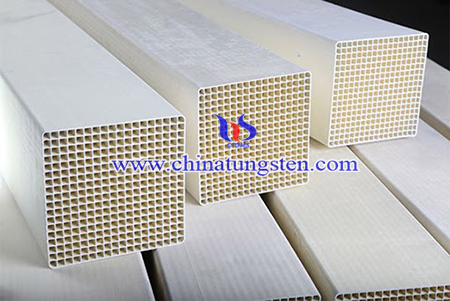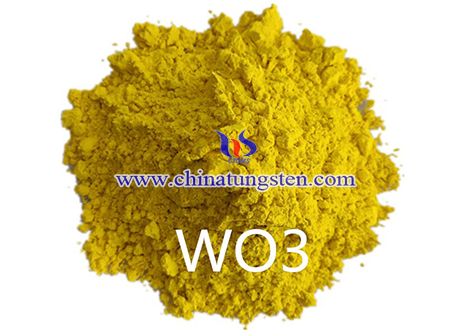APT Utilized in Regeneration of V2O5-WO3/TiO2 SCR Catalyst
- Details
- Category: Tungsten Information
- Published on Saturday, 26 June 2021 01:56
Nitrogen oxde poullution has been caught a lot attention due to its negative influence on environment. fly-ash emitted from coal combustion flue gas always carries various toxic substances, such as SO2, alkali metals and alkaline-earth metals. They tend to lower the efficiency of NOx removal and shorten the operating life-time of the SCR catalyst. V2O5-WO3/TiO2 has been greatly used in NOx removal applications.

Thus, neutral polyethers could remove Ca2 + species selectively with a small loss of active components, thus leading to a significant regeneration activity. V2O5-WO3/TiO2 catalysts were reported recently. The synthesis method of fresh, Ca2 +- damaged and regenerated catalysts is as following steps:
Ammonium paratungstate and ammonium vanadate oxalate were applied as precursors of WO3 and V2O5 respectively. The mass ratio (w/w) of V2O5 to WO3 was 1: 9. Typically, precursors were dissolved in distilled and deionized water and then added into the titanium pigment with continuous stirring. The mixture was stirred for 1 h and then washed three times with DI water. The remaining deposit was dried at 120 °C for 12 h and calcined at 450 °C for 4 h. The catalyst prepared by the above method was named as “fresh”. The fresh catalyst was then immersed into a certain concentration of Ca(OH)2 solution, followed by stirring to dry and calcination in air at 450 °C for 4 h. The sample is coded as “damaged”. The regenerated catalyst was prepared by impregnating 1 g of damaged sample into 50 mL of 1 wt% washing solution with ultrasonic, followed by washing with deionized water. The sample was then filtered, dried and calcined in air at 450 °C for 4 h. The regenerated sample was denoted by its corresponding regeneration cleaner, e.g., sample washing by OP-10 was noted as “OP-10”.

In summary, Ca2 +-damaged V2O5-WO3/TiO2 catalysts were regenerated by using polyethers. The OP-10 surfactant can remove 78% of Ca species with less than 15% of vanadium loss, whereas H2SO4 removes more than 60% of both vanadium and Ca species. Thus, the OP-10 surfactant is proven to be a very promising regeneration method for NH3-SCR deNOx catalysts damaged by calcium.
- APT Manufacturer & Supplier, Chinatungsten Online: ammonium-paratungstate.com
- Tungsten News & Prices of China Tungsten Industry Association: www.ctia.com.cn
- Molybdenum News & Price: news.molybdenum.com.cn
- Tel.: 86 592 5129696; Fax: 86 592 5129797; Email: sales@chinatungsten.com



 sales@chinatungsten.com
sales@chinatungsten.com